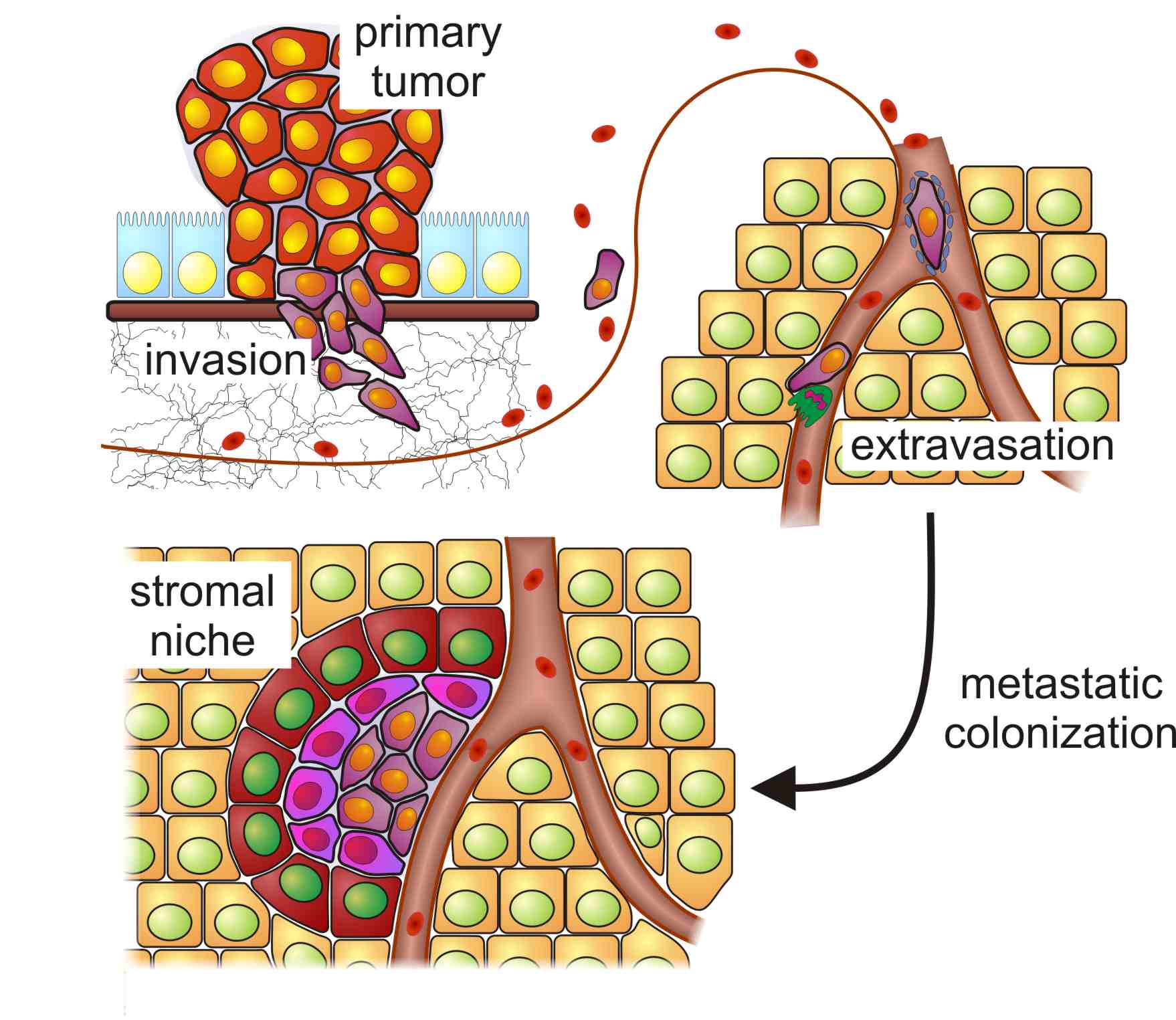Last week, we discussed how cyclins control the process of cell cycle. I have also briefly mentioned that when there are mutations in cyclins, the cell cycle won’t be controlled and tumor may emerge. Namely, tumorigenesis refers to the formation of a tumor, either benign or malignant. Benign tumors does not spread to other parts of the body and respond well to treatment whereas a malignant tumor behaves in the opposite way.
A tumor forms when a mutation in a cyclin disrupts the cell cycle. A mutation in one cell can lead to a tumor, since the cell will lose its ability to enter the G1 phase and divide rapidly without stopping. The mutation is passed on to daughter cells and eventually a group of cells form. When the clump of cells grow large enough, it is regarded as a tumor.
Mutation
When a mutation occurs, there is a change in an organism’s genetic code. When a base sequence of a gene is altered, tumor can form, but when mutation is present in some parts of a gene that do not code for anything, the organism is not affected. Mutations are caused by mutagens. These include high energy radiation, some viruses, short-wave UV light, and chemicals. A mutated gene called an oncogene will develop a tumor.
Primary and Secondary Tumor
A tumor started at some place in the body, a primary tumor, will form secondary tumors on other parts of the body. This process is called metastasis. It involves the following steps:

- Cancer cells detach from the primary tumor.
- Cancerous cells penetrate the walls of blood vessels.
- Cancerous cells circulate around the body, invading tissues at different places and developing secondary tumors.
Relationship between Smoking and Cancer
Speaking of cancer, it is important to remember that smoking is a major cause of lung cancer. The fact that smoking is related to numerous health risks allowed many countries to display warnings on cigarette packets. Although the tobacco industry first denied that smoking caused cancer, they admitted the fact when the association between compounds in cigarette smoke and tumorigenesis was proven. The graphs below display the effect of smoking on incidence of lung cancer. It is evident that one has a higher risk of developing lung cancer when one consumes more cigarettes.

Works Cited
“Metastasis.” UPHUELSKEN Tumor Heterogeneity and Stemness in Cancer, http://www.epfl.ch/labs/huelsken-lab/page-43563-en-html/page-126563-en-html/.
Leave a comment